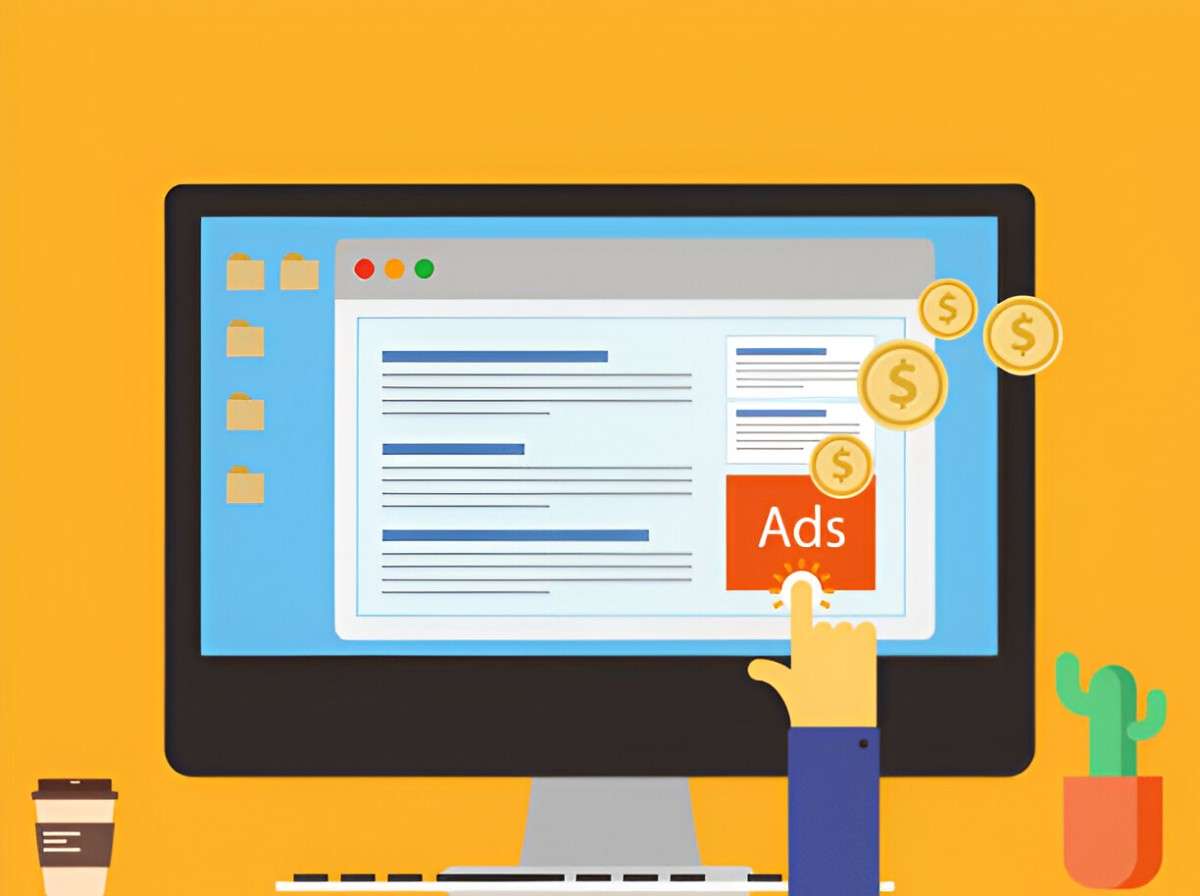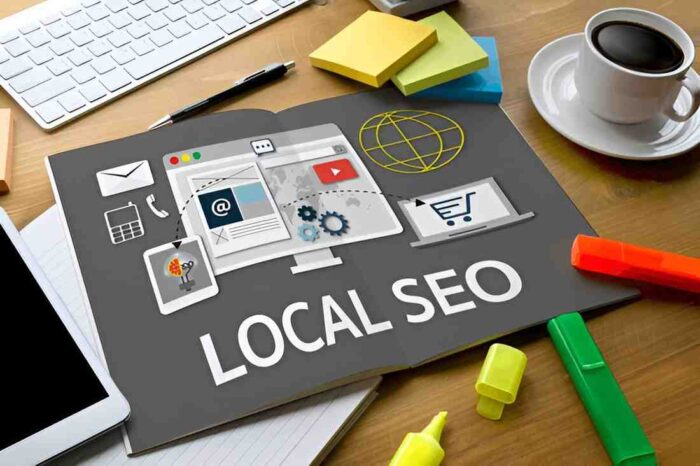When it comes to generating leads through paid ads, choosing the right software is crucial. In the competitive world of digital marketing, businesses need tools that not only streamline ad management but also maximize results. Having used and researched various platforms over time, I can say that selecting the best software requires careful consideration of the unique features each tool offers. From ease of use to advanced targeting capabilities, the right software can make all the difference in ensuring that your paid ad campaigns perform at their best.
This article will dive into some of the top software for running paid ads for lead generation. I will look at the features, pricing, and the pros and cons of each tool. By the end of this guide, you will have a clearer understanding of what might work best for your business needs.
1. Google Ads
Overview: Google Ads is one of the most popular platforms for running paid ads. It’s often the first platform that comes to mind when thinking about paid digital advertising. Google Ads offers a powerful suite of tools to target users based on their search behaviors and browsing habits.
Features:
- Targeting Options: Google Ads allows you to target users based on keywords, demographics, and location. You can also use remarketing to reach users who have already visited your site.
- Variety of Ad Formats: From search ads to display ads, video ads on YouTube, and shopping ads, Google Ads offers a broad spectrum of ad types to help you reach your audience across the web.
- Smart Bidding: Google Ads offers automated bidding strategies to optimize campaigns based on your goals, whether that’s getting more conversions or targeting a specific cost-per-click (CPC).
- Lead Form Extensions: One of the key features for lead generation is Google’s lead form extension, which allows users to submit their information directly through the ad, simplifying the lead collection process.
Pros:
- Access to a huge audience through Google search and YouTube.
- Precise targeting options, including geo-targeting and audience segments.
- Ability to track performance with detailed analytics.
Cons:
- Can be complex to navigate for beginners.
- High competition in certain industries can drive up costs.
Pricing: Google Ads works on a pay-per-click (PPC) model, with prices varying depending on competition for keywords. You can set a daily budget to manage your spending.
2. Facebook Ads
Overview: Facebook Ads offers a powerful platform for running targeted paid ads, especially for businesses that want to reach users on both Facebook and Instagram. With over 2.8 billion users across its network, Facebook is a great choice for businesses looking to generate leads at scale.
Features:
- Detailed Audience Targeting: Facebook’s advanced targeting options allow you to reach your ideal customers based on interests, behaviors, demographics, and even life events.
- Lead Ads: Facebook’s lead ads are specifically designed to help businesses capture contact information from potential customers. The form is embedded directly within the ad, making it easy for users to submit their details without leaving the platform.
- A/B Testing: Facebook allows you to run A/B tests to determine which ads perform best, allowing for continuous optimization.
- Retargeting: Retargeting on Facebook enables you to re-engage users who have interacted with your business before, keeping them engaged and nurturing them towards conversion.
Pros:
- Access to a highly targeted audience.
- Lead generation tools like lead forms are simple to use.
- Multi-platform exposure through both Facebook and Instagram.
Cons:
- Organic reach has declined, so paid ads are necessary for visibility.
- Competition for ad space is high, which can make costs unpredictable.
Pricing: Facebook Ads operates on a bidding system where you can set a daily or lifetime budget. The cost is determined by the competition for ad space and the target audience.
3. LinkedIn Ads
Overview: For B2B lead generation, LinkedIn Ads stands out as one of the best platforms. LinkedIn’s professional network makes it ideal for targeting decision-makers, executives, and other high-value contacts.
Features:
- Professional Targeting: LinkedIn allows you to target users based on their job title, industry, company size, and more. This makes it a great platform for businesses looking to generate leads in the B2B space.
- Lead Gen Forms: LinkedIn’s lead gen forms are pre-filled with the user’s information from their LinkedIn profile, making it quick and easy for potential leads to submit their details.
- Sponsored Content and InMail: LinkedIn offers various ad formats, including Sponsored Content, Sponsored InMail, and Dynamic Ads, which can all be optimized for lead generation.
- Advanced Analytics: LinkedIn provides comprehensive data on ad performance, allowing you to make informed decisions on how to improve your campaigns.
Pros:
- Highly targeted B2B audience.
- Easy-to-use lead generation forms.
- Strong data insights for campaign optimization.
Cons:
- More expensive compared to other platforms, especially in highly competitive industries.
- Smaller audience base compared to Facebook or Google.
Pricing: LinkedIn Ads operates on a bidding system. You can choose from a variety of bidding options, including CPC, cost per impression (CPM), and cost per send (for InMail campaigns).
4. Twitter Ads
Overview: Twitter is another platform with massive potential for lead generation, especially for businesses that want to reach a younger, engaged audience. It’s particularly effective for real-time campaigns and reaching users interested in specific topics.
Features:
- Targeting Options: You can target users based on keywords, interests, and followers, as well as use Twitter’s advanced tools for audience segmentation.
- Lead Generation Cards: Twitter’s Lead Generation Cards allow users to submit their information directly through a tweet. This eliminates the need to leave the platform to complete a form.
- Retargeting: Twitter offers retargeting features to engage users who have previously interacted with your business or website.
- A/B Testing: Like other platforms, Twitter also supports A/B testing for ads, allowing you to optimize your campaigns for the best results.
Pros:
- Great for reaching a younger, tech-savvy audience.
- Quick engagement and viral potential through retweets and trending topics.
- Easy-to-use lead generation cards.
Cons:
- Smaller user base compared to Facebook or Google.
- Organic reach is limited, making paid campaigns essential for visibility.
Pricing: Twitter Ads runs on a bidding system, where you set a budget and pay for impressions, clicks, or engagement, depending on the type of campaign you run.
5. Bing Ads
Overview: Bing Ads is another search engine ad platform that works similarly to Google Ads. While not as widely used as Google, it offers some distinct advantages, including lower competition in certain industries and a slightly different user demographic.
Features:
- Keyword Targeting: Bing Ads allows you to target keywords and refine your audience based on location, device, time of day, and more.
- Remarketing: Like Google, Bing offers remarketing capabilities to target users who have visited your website before.
- Ad Extensions: Bing allows you to use ad extensions, such as callouts and sitelinks, which can enhance the visibility and performance of your ads.
- Lead Form Extensions: You can use lead form extensions to gather contact details directly from the ad, making it simple for users to sign up.
Pros:
- Lower competition and potentially lower costs compared to Google Ads.
- Solid remarketing and targeting options.
- Access to Microsoft’s search network, which includes Yahoo and AOL.
Cons:
- Smaller user base than Google Ads.
- Limited to Microsoft’s search network, which has a smaller reach.
Pricing: Bing Ads works on a pay-per-click model, with costs depending on keyword competition and your bidding strategy.
Comparison Table
| Feature | Google Ads | Facebook Ads | LinkedIn Ads | Twitter Ads | Bing Ads |
|---|---|---|---|---|---|
| Lead Generation Tools | Lead Form Ext. | Lead Ads | Lead Gen Forms | Lead Gen Cards | Lead Form Ext. |
| Targeting Options | Keywords, Demographics, Location | Interests, Behaviors, Demographics | Job Title, Industry, Company Size | Keywords, Interests | Keywords, Location |
| Best For | Broad audience, search intent | Visual ads, broad consumer engagement | B2B lead generation | Real-time engagement, niche audiences | Search intent, low competition |
| Pricing Model | CPC, CPM, CPA | CPC, CPM | CPC, CPM, InMail | CPC, CPM | CPC, CPM |
| Retargeting | Yes | Yes | Yes | Yes | Yes |
| A/B Testing | Yes | Yes | Yes | Yes | Yes |
Final Thoughts
When choosing software for running paid ads for lead generation, it’s important to evaluate your specific goals, audience, and budget. Google Ads and Facebook Ads offer the most comprehensive and scalable solutions for a wide variety of businesses. LinkedIn Ads is an excellent choice for B2B companies, while Twitter Ads and Bing Ads offer unique opportunities for specific audience types and lower competition.
I’ve found that having a strategy in place before selecting a platform is crucial. Whether you’re just starting with paid ads or are an experienced advertiser, testing different platforms and optimizing based on performance can make a world of difference in generating quality leads.





